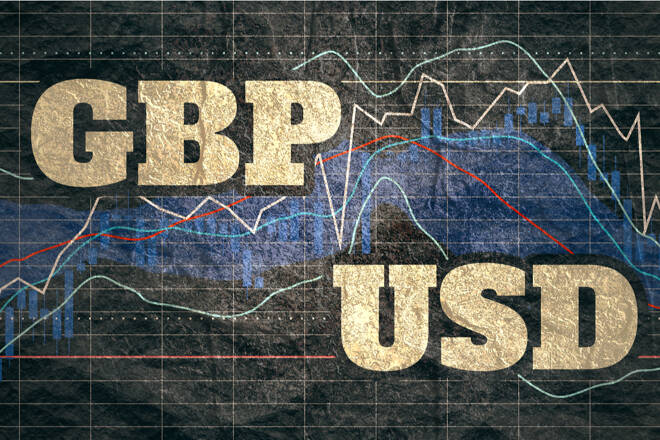Advertisement
Advertisement
The Bank of England Sends the Pound to Sub-$1.21 on Recession Talk
By:
Fears of a long UK recession sent the Pound south despite the Bank's commitment to bring inflation to target. US jobless claims eased the pain.
Today, the Bank of England lifted rates by 50 basis points, the largest since 1995. The BoE raised rates despite projecting an economic recession.
The Monetary Policy Committee (MPC) voted 8-1 in favor of a 50-basis point hike to 1.75%. MPC member Silvana Tenreyro was the only member to vote against a 50-basis point hike, favoring a 25-basis point hike.
Bank of England press conference drew plenty of interest today. Comments from the Q&A session included:
- Returning inflation to target remains the bank’s priority.
- Policy is not a preset path. All options are on the table at the next meeting and after that.
- The challenge is that this is a very large shock, and the bank has had to assess the likely second-round effects and the risks to wage setting and price setting that could then deliver persistent inflation.
- Labor market conditions remain robust. Firms are concerned with hiring issues. However, these firms have yet to face price pressures but will likely do so.
- If we don’t act, inflation will get more embedded, and we will have to raise interest rates by more.
GBP/USD Price Action
At the time of writing, the Pound was down by 0.36% to $1.20998.
Ahead of the Bank of England monetary policy decision and press conference, the Pound had recovered from an early low of $1.21281 to strike a high of $1.21959.
In response to the policy announcement, the GBP/US pair jumped to a day high of $1.22148 before sliding to a day low of $1.20651.
While the Bank of England talked of returning inflation to target at any cost, the talk of an extended UK recession weighed.
Technical Indicators
Looking at the EMAs and the 4-hourly candlestick chart (below), it is a bearish signal.
At the time of writing, the Pound sat above the 100-day EMA, currently at $1.20948.
However, market reaction to the BoE saw the Pound slide through the 50-day EMA, the 200-day EMA, and briefly through the 100-day EMA.
Bearish sentiment saw the 50-day EMA narrow on the 200-day EMA. The 100-day EMA also pulled back from the 200-day EMA, both bearish signals.
Through the remainder of the session, a move back through the 200-day EMA, currently at $1.21244, would support a breakout from the 50-day EMA to bring $1.22 levels back into view.
However, a fall through the 100-day could see the Pound test support at $1.2050 before any recovery.
The US Session
It is a quieter US economic calendar, with the all-important weekly jobless claims providing direction.
In the week ending July 29, initial jobless claims increased by 260k, up from the previous week’s 254k. The figures suggested weakening labor market conditions ahead of the July nonfarm payrolls due tomorrow.
The jobless claims 4-week average climbed from 248.75k to 254.75k. The 4-week average last sat at sub-200k in the week ending May 13. The disappointing numbers provided some much-needed Pound relief.
About the Author
Bob Masonauthor
With over 28 years of experience in the financial industry, Bob has worked with various global rating agencies and multinational banks. Currently he is covering currencies, commodities, alternative asset classes and global equities, focusing mostly on European and Asian markets.
Did you find this article useful?
Latest news and analysis
Advertisement
